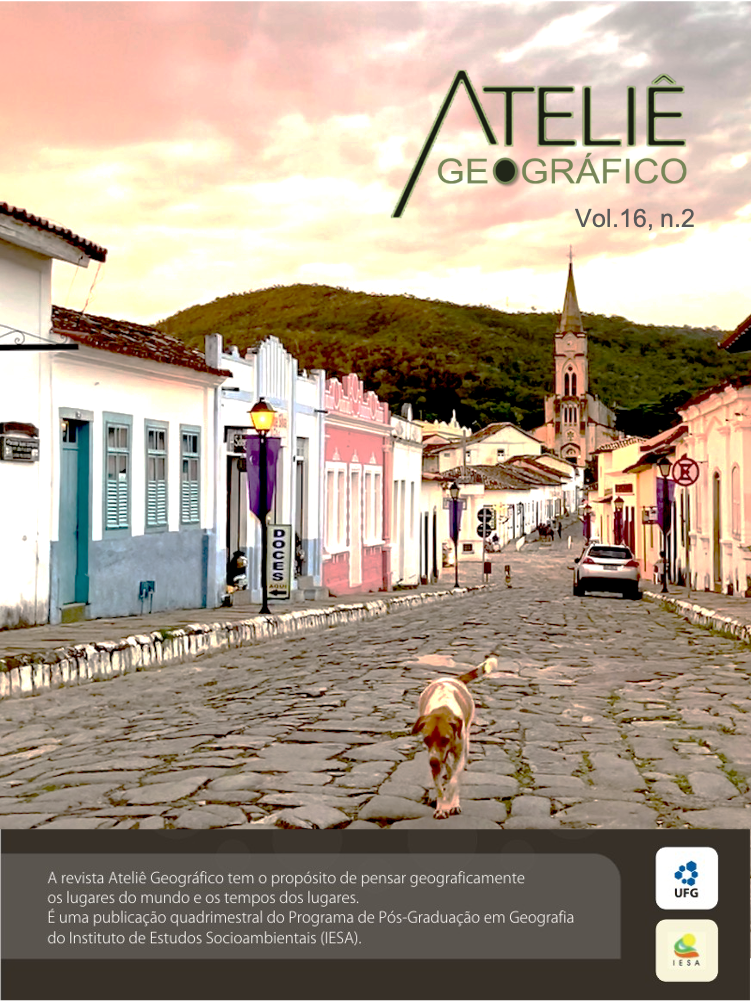Uneven development and road passenger transport: an analysis of the municipality of Goiânia/GO
DOI:
https://doi.org/10.5216/ag.v16i2.73273Abstract
In Brazil, the interstate road passenger transport is considered a public service. It is organized by a public agency, the National Land Transport Agency (“ANTT”), and operated by private agents which manage a wide and combined set of people and cargo’s displacements around the national territory. The interstate road passenger transport is a service with high capillarity, as it connects urban centers of different sizes and uses the road network to carry people and cargo’s flows. Interstate transport reflects uneven development, and it shows a diversity of spatial interactions that take place all over the Brazilian territory. Therefore, this article analyzes the highways of the municipality of Goiânia/GO, its uneven development, and interstate road transport of passengers. The text is organized in three parts which are theoretically based on a bibliographic research. The results were based on population data provided by national public institutions and information about the interstate lines were obtained on the ANTT website in order to support the main article debate.
Keywords: uneven development; geographical networks; spatial organization and interstate road transport.
Downloads
Downloads
Published
How to Cite
Issue
Section
License
Autores que publicam nesta revista concordam com os seguintes termos:- Autores mantém os direitos autorais e concedem à revista o direito de primeira publicação, com o trabalho simultaneamente licenciado sob a Licença Creative Commons Attribution que permite o compartilhamento do trabalho com reconhecimento da autoria e publicação inicial nesta revista.
- Os autores não serão remunerados pela publicação de trabalhos na Revista Ateliê Geográfico. Além disso, os conteúdos publicados são de inteira e exclusiva responsabilidade de seus autores, ainda que reservado aos editores o direito de proceder a ajustes textuais e de adequação às normas da publicação.
- Autores têm permissão e são estimulados a divulgar seu trabalho online (ex.: em repositórios institucionais ou na sua página pessoal), já que isso pode gerar alterações produtivas, bem como aumentar o impacto e a citação do trabalho publicado (Veja O Efeito do Acesso Livre).


